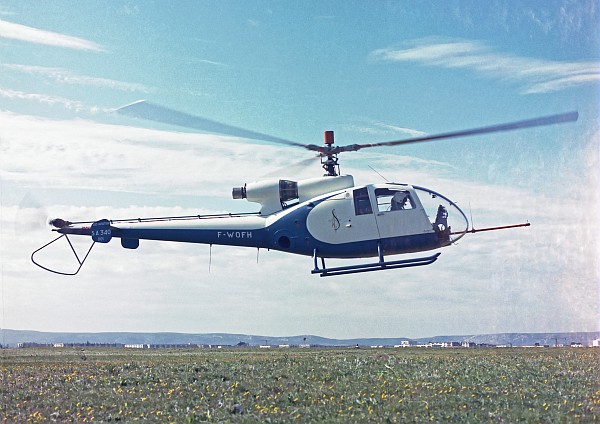
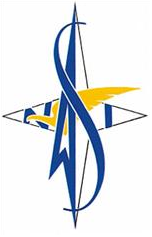
The prototype used the engine, drive train, tail rotor and landing skids of an Alouette II, and a new three-bladed, composite, semi-rigid main rotor, based on the four-bladed rigid rotor of the Messerschmitt-Bölkow-Blohm (MBB) Bo-105.
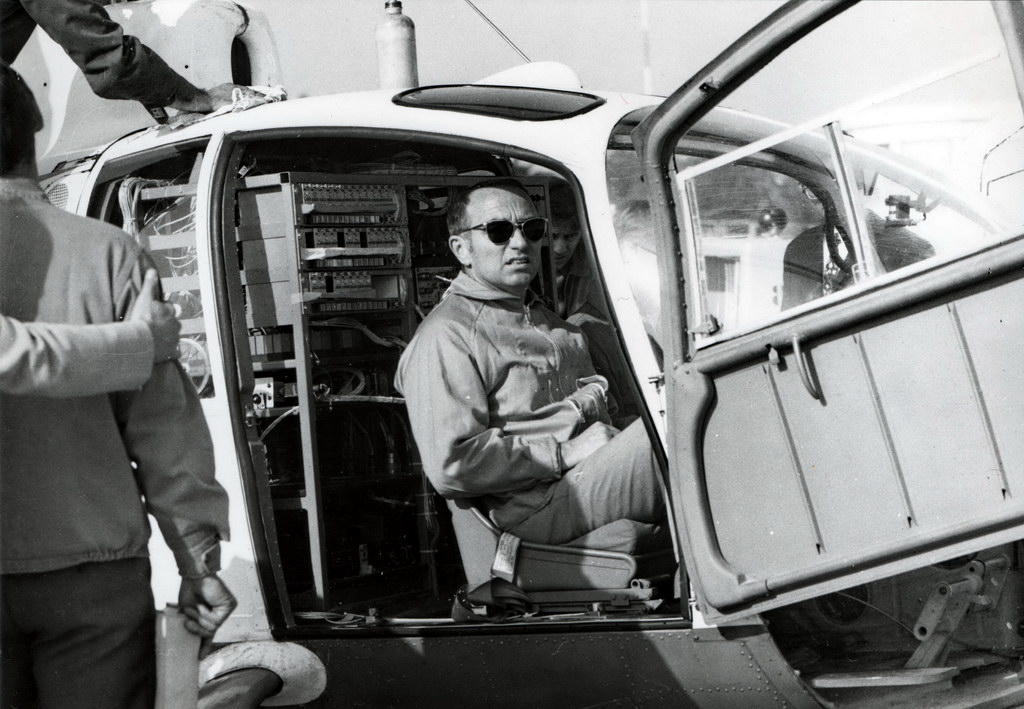
Société nationale des constructions aéronautiques du sud-ouest (Sud-Aviation) was a French government-owned aircraft manufacturer, resulting from the merger of Société nationale des constructions aéronautiques du sud-est (SNCASE) and Société nationale des constructions aéronautiques du sud-ouest (SNCASO) in 1957. In 1970, following another merger, the company would become Société nationale industrielle aérospatiale, or SNIAS, better known as Aérospatiale. This company combined several other manufacturers such as Matra and Messerschmitt-Bölkow-Blohm to become Eurocopter, then EADS. It is now Airbus Helicopters.

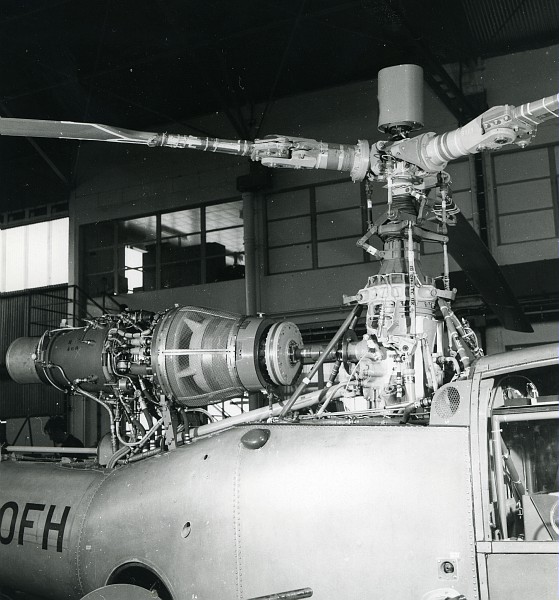
F-WOFH was used to test the new fenestron anti-torque system. The conventional tail rotor was replaced with a smaller 13-bladed ducted fan contained within a large vertical fin. The fenestron had several advantages: It was safer, as it was protected from ground strikes or from ground personnel walking into it. It was more effective in producing thrust for anti-torque, though it required more engine power at a hover. It reduced the aerodynamic drag of the helicopter in forward flight, and was not subject to large displacements resulting from dissymmetry of lift. The large fin was cambered and relieved the anti-torque system during forward flight. This meant that the helicopter could be flown following an anti-torque failure, rather than requiring an immediate emergency autorotation.
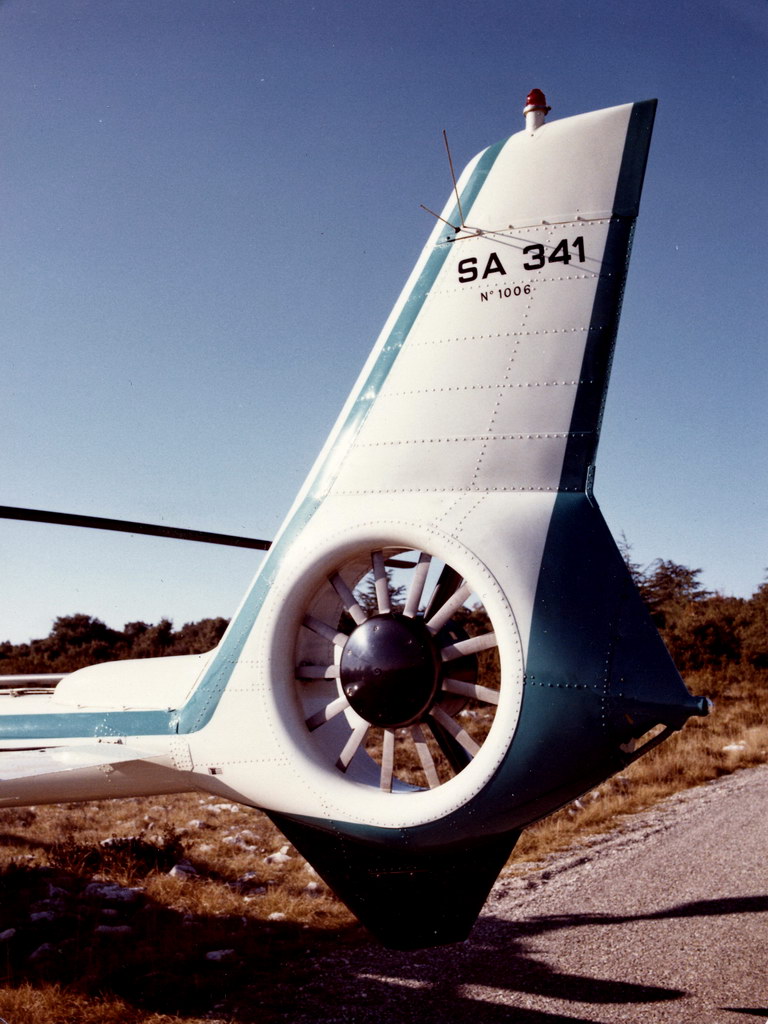
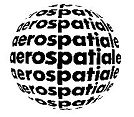
The Gazelle the first helicopter to be certified for instrument flight with a single pilot.
The SA 341 had an overall length, with rotors turning, of 11.972 meters (39 feet, 3.34 inches). The fuselage was 9.533 meters (31 feet, 3.31 inches) long and the top of its fin was 3.192 meters (10 feet, 5.67 inches) high. The three-bladed main rotor was 10,500 meters (34 feet, 5.39 inches) in diameter, and turned clockwise as seen from above. (The advancing blade is on the left.) The rotor has a normal operating speed of 378 r.p.m., ± 12 r.p.m. (310–430 r.p.m. in autorotation. The 13-blade fenestron is enclosed in a duct in the vertical fin. The rotor has a diameter of 0.695 meters (2 feet, 3. 36 inches) and turns counter-clockwise as seen from the left. (The advancing blades are above the axis of rotation.)
The helicopter’s certified maximum gross weight is 1,800 kilograms, or 3,970 pounds.
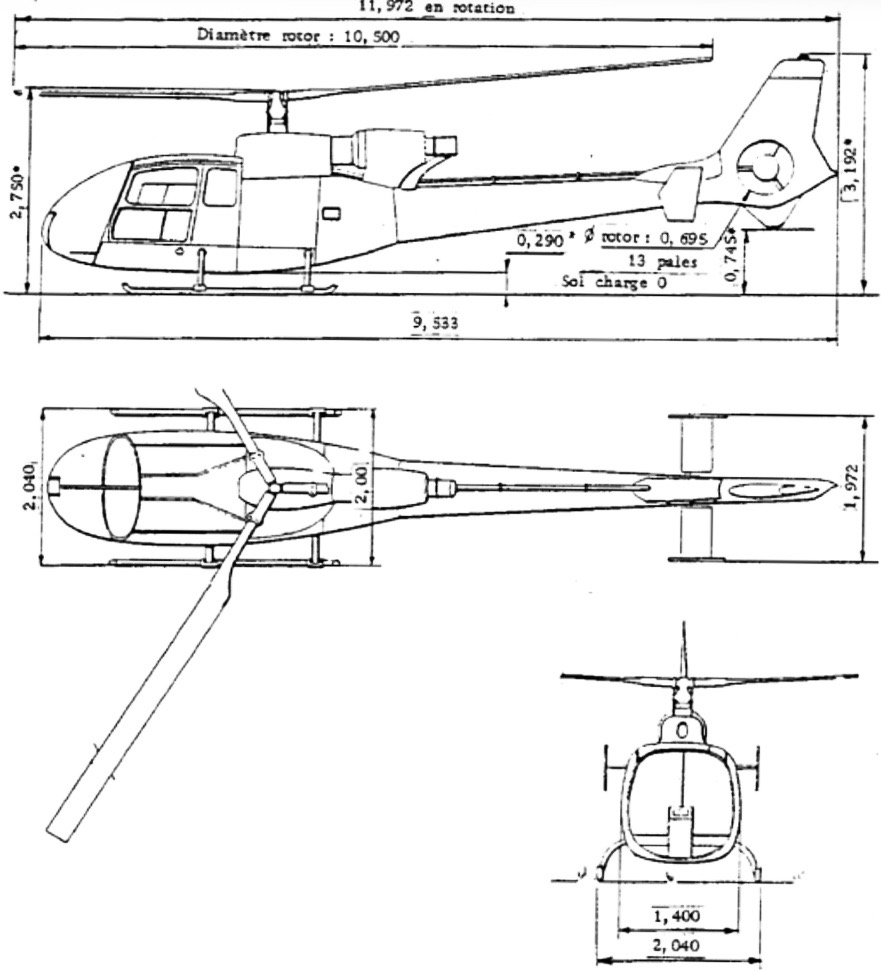
The Gazelle is powered by a Turboméca Astazou III.
Teh SA 341 has a maximum speed (Vne ) of 310 kilometers per hour (168 knots ) at Sea Level, making it the fastest light helicopter produced at the time. The helicopter is limited to a pressure altitude of 20,000 feet (6,096 meters). It can operate in temperatures from -50 to +45 °C. (-58 to 113 °F.)
Approximately 1,775 Gazelles were built between 1967 and 1996, when production ended.
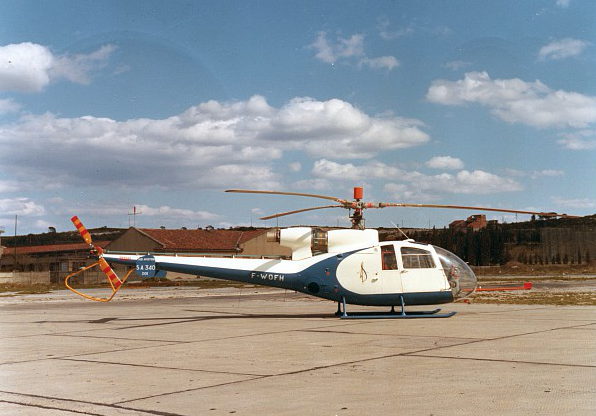
© 2019, Bryan R. Swopes